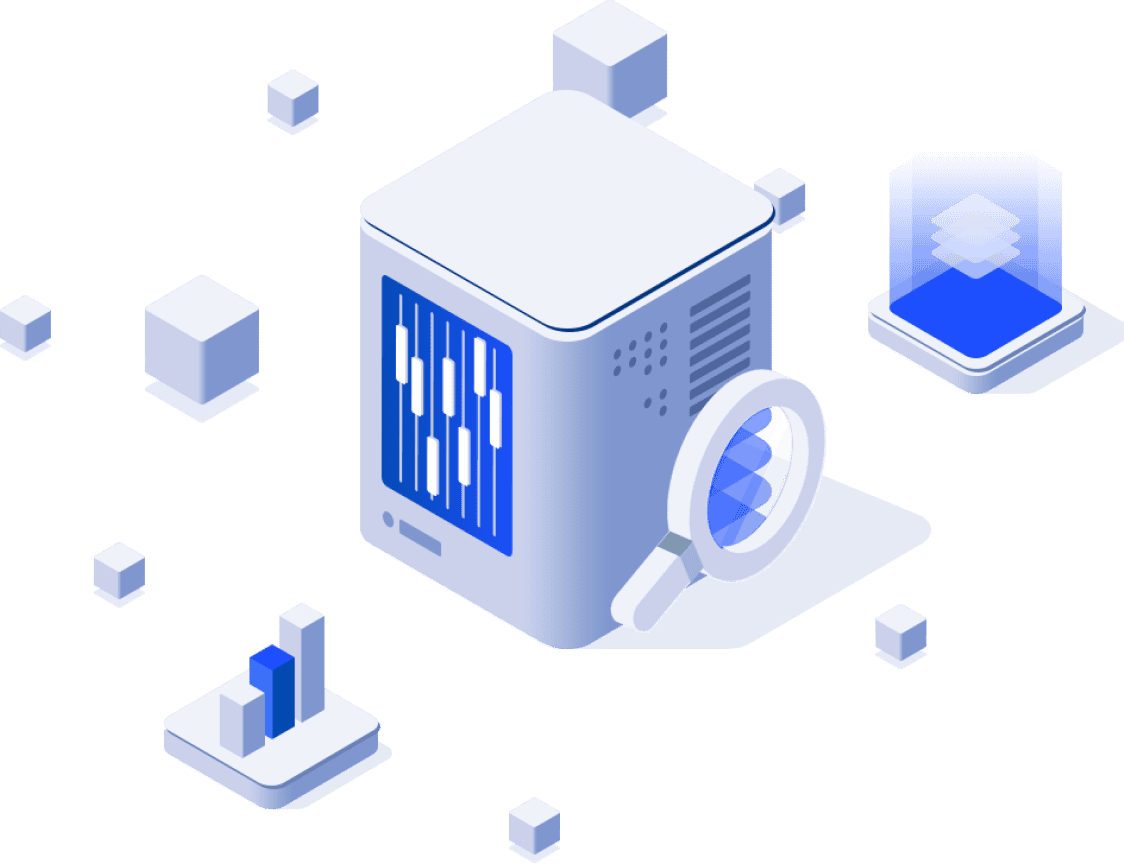Brønnøysundregistrene develops and maintains digital services that coordinate the dialogue between public organizations, private individuals, and companies, making it more efficient and simplified. Brønnøysundregistrene manages several of the most important registries in Norway.
Over the past years, Brønnøysundregistrene has built and deployed a new platform to support all registries delivered through BRsys. This new platform has been designed as a local Platform as a Service (PaaS), utilizing modern container technology to support a Microservices Architecture (MSA) and an agile development/deployment methodology.
All services developed support a Cloud Native approach, but are currently being run on Brønnøysundregistrene’s on-premise data centers.
The platform is hosted, maintained, and further developed by Brønnøysundregistrene’s platform team.




